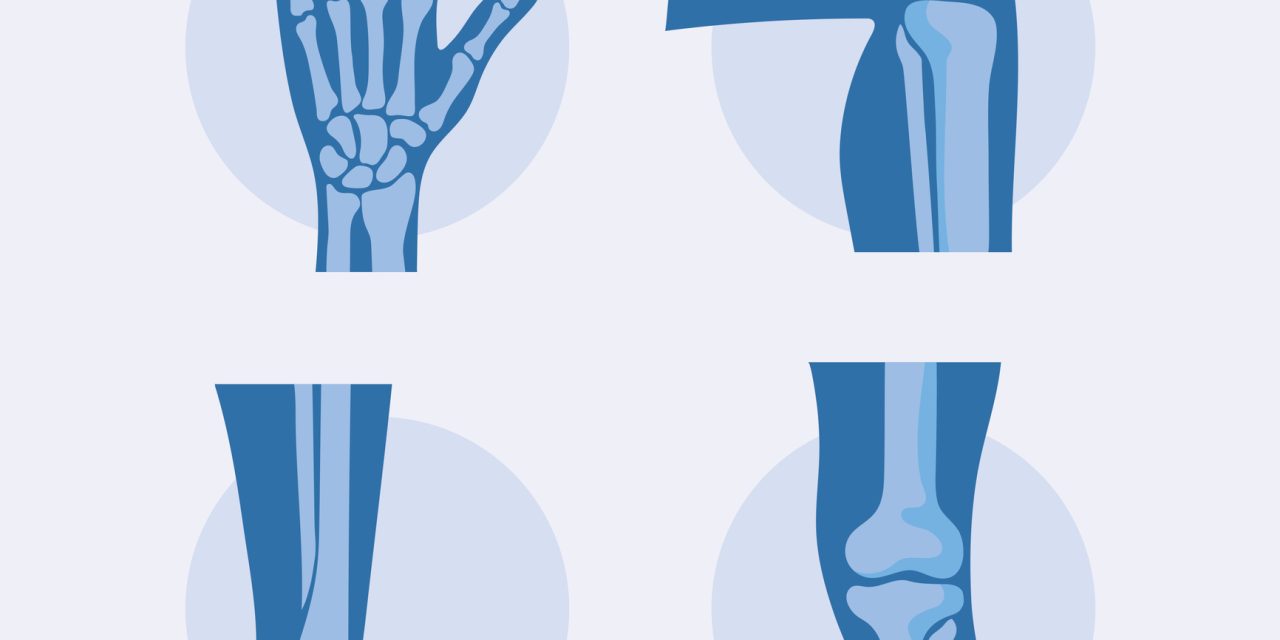Pseudoarthrosis, often defined as a failure to achieve osseous fusion by the 1-year post-operative time point. Despite its relatively high prevalence, there is still lack of clinical evidence on salvage options for lumbar pseudoarthrosis. Lumbar interbody fusion is generally accepted as a useful surgical treatment for patients with pseudoarthrosis. Several techniques are available to achieve stabilization of the lumbar spine including the anterior lumbar interbody fusion (ALIF), posterior lumbar interbody fusion (PLIF), transforaminal interbody fusion (TLIF), direct lateral interbody fusion, posterolateral only (intertransverse) fusion, and facet or pedicle screw/rod placement. We present a case report of discoplasty as a salvage option for pseudoarthrosis following lumbar fusion surgery using multilevel TLIFs.
This study is a case report. A female patient, 79 year old, came with recurrent backpain at the lumbar area that got worse during the past 3 months. She underwent posterior lumbar fusion surgery of L3-S1 by pedicle screw and transforaminal interbody fusion at the level of L3-S1. Three years later she experienced another episode of back pain and underwent pedicle screws removal to improve her pain. Two years later complaint reappeared. The pain was rated 7/10 in standing position and improved to 5/10 with resting in horizontal position. We followed up this patient for 1 month after surgery.
After surgery, VAS score was decreased from 7/10 into 1/10 in standing position and patient was able to stand and walk using a walker. Postoperatively plain radiograph was performed and there was no complication. In a month follow up, the VAS score was 1/10 with ODI score reduces significantly from 38% to 4% showing only minimal disability.
Salvage discoplasty for pseudoarthrosis following posterior lumbar fusion surgery is rarely reported, but it appears to be viable option aside from ALIF that results in significant improvement in clinical outcomes. Discoplasty offers a less invasive solution in elderly patients which significantly reduces the symptoms and improves the quality of life of the affected patients.
Copyright © 2022. Published by Elsevier Ltd.
Discoplasty as a salvage technique for pseudoarthrosis following multilevel TLIFS: A case report.


